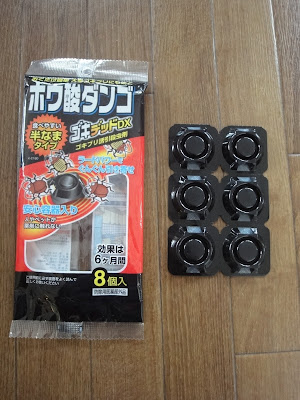No matter what your day's sightseeing agenda may entail, there is always opportunity to throw in a shrine or temple visit! Japan's places of worship range from the grand to the small, and are scattered through cities, neighborhoods, and countryside alike. It doesn't take much effort to get out and visit a few (or a lot). Visit a temple or shrine that is sizable enough, and chances are that shrine books and stamps will be for sale.
Here is my shrine book. Its Japanese name is goshuinchou. In English, they are usually referred to as temple stamp books or shrine books. I prefer shrine book (less cumbersome). Shrine books come covered in many colors and patterns. Inside are the blank pages on which each shrine's (or temple's) stamps and kanji inscription is transcribed. My kanji reading ability is extremely limited, but I enjoy collecting these stamps for their graphic, artistic quality. Plus, they are gorgeous records of all the shrines and temples I've visited!
 |
| My shrine book. |
Opened all the way, you can see the book's clever design. Display just a couple pages, or unfurl several to create a more dramatic scene!
 |
| The inside of my shrine book. This is not a permanent display. |
Since my kanji reading ability is so beginner, I label each stamp in pencil. Each page gets the temple name, the date I visited, and the location of the temple. Otherwise, there is no way I would remember each stamp!
 |
| These two stamps are both from Kinkakuji (The Golden Pavillion) in Kyoto. |
Stamps have two components. The actual stamps are red. One of the several stamps your page receives will record the shrine or temple's name. The other stamps on the page are often the insignia of the powerful families who worshipped at the shrine, a lotus and tiratana (Buddhist religious symbols), or a illustration of the shrine itself. You can see the lotus/tiratana stamp in the photo immediately above, on the left page, in the upper left corner.
The calligraphy is done by hand. The date on which you are receiving your stamp, as well as a special saying, is written with brush and ink. The most recent stamp I collected says "happiness, peace, power." But you don't need any reading ability in order to appreciate the artistic skill and confidence displayed!
 |
| A calligrapher signs my book at Futamiokitama Shrine (the Wedded Rocks) in Mie Prefecture. Watch the process, if you can. It's beautiful to see. |
Shrine stamps can be purchased at one of the smaller buildings in the temple or shrine complex. There will usually be an easily recognizable display of shrine books on the counter. The larger temples will often offer stamps in more than one location, so make sure you don't miss any! Stamps almost always cost 300 yen. If it's raining, pretty fabric bags to protect your book might also be for sale. On unusually busy days, the calligrapher will offer you a numbered tag and clip the corresponding tag to your book. Get your sightseeing done first, and then return the tag to pick up your freshly signed book. And when you eventually fill the pages from cover to cover? Just flip it over and go back the other direction!
 |
| One of the stamp counters at the Kotaijingu, the shrine to Amaterasu Omikami (the Sun Goddess) in Mie Prefecture. |
Enjoy a beautiful and unique record of your time in Japan!
Ganbatte!
-The Tofu Fox
Disclaimer: I do my best to make sure all my information is accurate. However, details may change or I may just be flat-out wrong. Please let me know if something needs a correction. Thank-you!























































